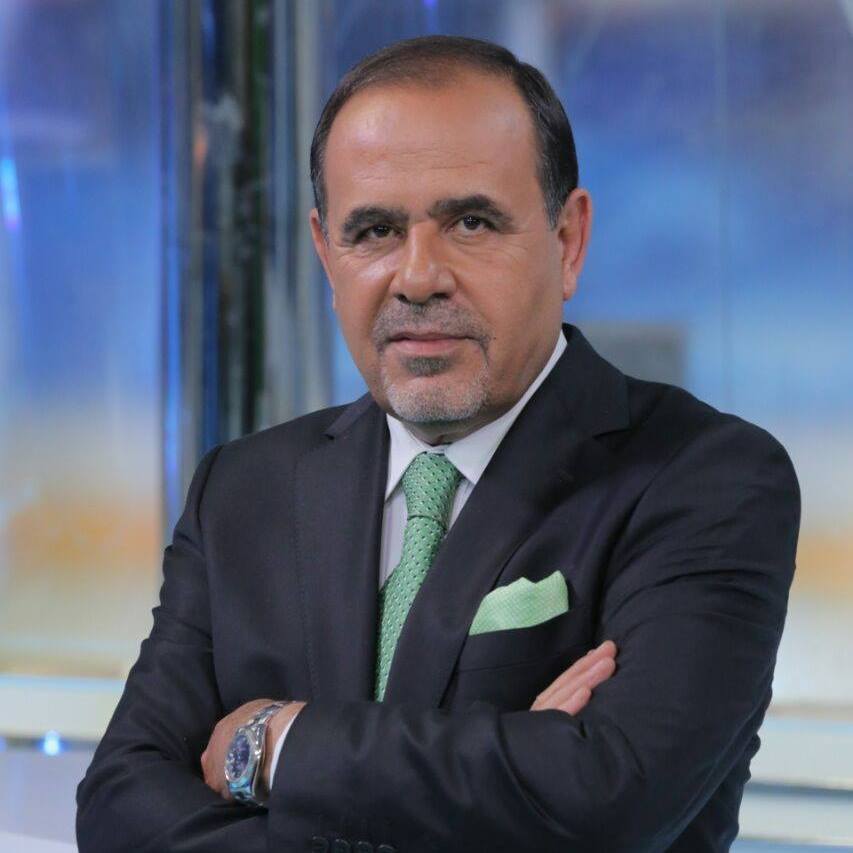The recent calls across the world for the siege on Gaza to be eased, if not lifted, are welcomed by most people but not, it seems, those in power in Ramallah and Cairo. Reports from the West Bank and Egypt suggest that concerns exist about lifting the siege and some are even considering the consequences of trying to reduce international solidarity with the Palestinians or convert it from pressure on Israel to a tool to pressurise Hamas. Some are even suggesting that it might be possible to have a partial easing of the blockade while tightening it on Hamas.
We now have the very odd situation whereby most of the world believes that the siege on Gaza is “unsustainable”, except the Palestinian Authority and the Egyptian government. While the international community talks of helping the 1.5 million Palestinians in the Gaza Strip, the PA and Egyptians speak at length about there being a continuous flow of supplies, open borders and an abundance of food and medicine.
The same equation – most of the world on one side, Cairo and Ramallah on the other – believe that the Freedom Flotilla has succeeded in putting the siege back on the agenda. PA spokesmen have hinted that this was actually insignificant and that the agreement with Egypt for Palestinian reconciliation is the only way to have the siege lifted completely. Such sentiments were echoed almost word for word by Cairo, suggesting high level coordination, with the added claim that there is a need to return “legitimacy” to the Gaza Strip before there can be talk about lifting the siege and opening all of the crossings. This is something that even the western nations have not yet insisted upon, even though they are against Hamas.
An analysis of speeches emanating from Cairo and Ramallah can be summed up as follows: there are no new reconciliation initiatives; Cairo is waiting for Hamas to sign the “Egyptian Paper” and the PA will send a delegation to Gaza with a demand for Hamas to sign this “compliance tool”; both the PA and Egyptian government know that Hamas will not sign the document in its present form; nevertheless, they will still pressure Hamas to cause the maximum embarrassment; the reconciliation process will thus be suspended yet again; the blockade will stay in place, and it will all be the fault of Hamas. That is the tactic, and it is all about power, not the will of the people as demonstrated by the free and fair Palestinian elections which were won by Hamas.
So we are facing a new version of the same old game, built around changing regional and international circumstances, the most prominent and important of which is that the world can no longer accept the siege which is a burden on mankind’s conscience. This gives us reason to believe that the new equation to deal with the three issues of the crossings, the blockade and reconciliation will be based on easing and possibly lifting restrictions on humanitarian aid and to a lesser extent construction materials while turning the screw on Hamas, Gaza’s government, its sources of funding and the margins of the Islamic Resistance Movement.
It’s likely that the formulas being devised to alleviate the crisis on Israel and ease criticism of Cairo and Ramallah, will not include a role for Hamas at the crossings or in “any other place”, and will continue to talk about humanitarian aid exclusively. So there will be no liberalisation of trade or lifting the restrictions on the free movement of people, goods and services to and from the Gaza Strip. The territory will be regarded in a humanitarian context, not a political one, and aid will only be allowed in via Al-Arish in Egypt and Ashdod in Israel. The crossings into Gaza will open and close on the basis of thorough calculations based on security lists issued by parties who have no wish to see the people of Gaza flourish, containing names chosen by the perpetrators of the siege, the state of Israel. Thus a new round of conflict about legitimacy, authority and power in Palestine will begin.
What should be done to prevent the current goodwill about the siege being dissipated into a return to Palestinians division and internal strife? For a start, the people of Gaza need more freedom flotillas and aid convoys to demonstrate their importance to the lifting of the siege and help to keep the Palestinian cause in the public eye.
Arab and regional bodies need to be involved in mediation on the issues of the crossings, the siege and prisoner exchanges. Turkey’s growing importance in this context points to a central role, as does that of Qatar and Syria. While such parties may not be able to achieve their goals completely, they can at least frustrate the efforts of those seeking to sabotage the lifting of the siege.
The fact is that we now have a very complex situation with Hamas finding itself in a much better position than it was a few months ago and able to accept today what it rejected before, facing up to those who have tried unsuccessfully to break the power of the movement in Gaza. The latter are now seeking to turn the glimmer of hope for Palestinians into pressure on Hamas to turn the movement from an asset to a burden for the people of Gaza. Far from the post-Freedom Flotilla goodwill helping to bridge the gap between the main Palestinian factions, it seems as if the battle will flare up even more fiercely than before. As it becomes yet another matter of life and death, God help Gaza and Palestine.
The views expressed in this article belong to the author and do not necessarily reflect the editorial policy of Middle East Monitor.








